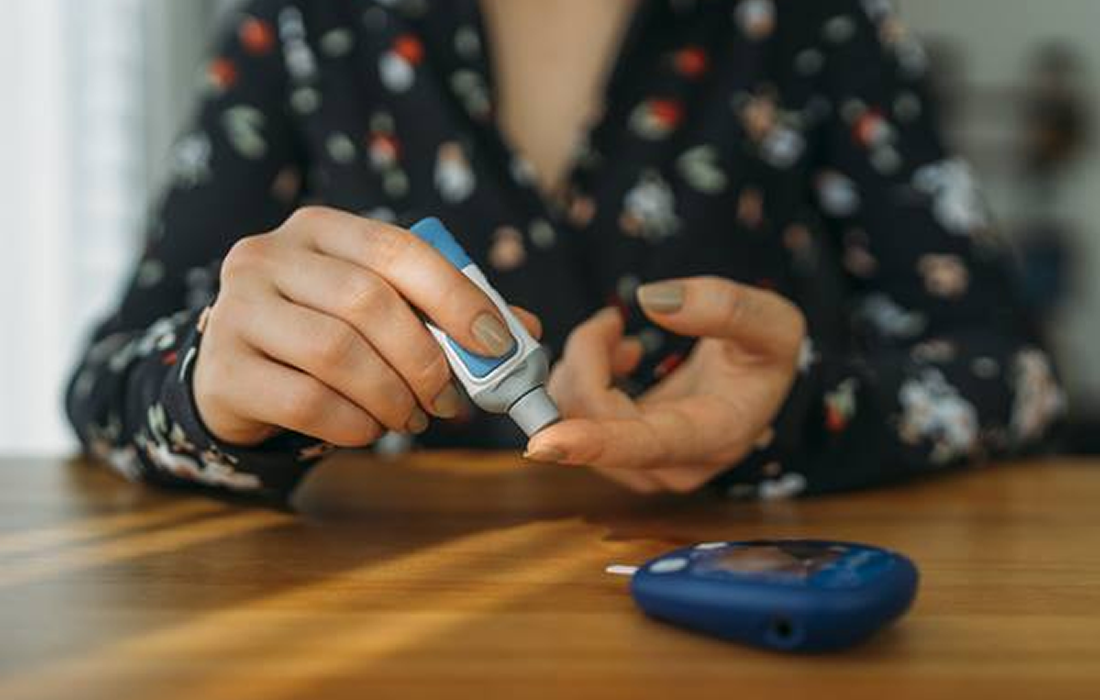Stem Cell Therapy for Specific Conditions
The Role of Mesenchymal Stem Cells in Diabetes Mellitus Treatment
Diabetes has become one of the most common chronic diseases in the world. Its prevalence was globally estimated to be 4.4% in 2030 and the total number of patients will be increased to 366 million.
According to the CDC 34.2 million Americans, just over 1 in 10 individuals have diabetes in the USA, 88 million American adults, approximately 1 in 3 have prediabetes, which are concerning numbers that continue increasing.
Type 2 diabetes comprises 90% of all causes of diabetes and is characterized by a combination of peripheral insulin resistance and progressive beta-cell dysfunction.
Type 2 diabetes comprises only 10% of all causes of diabetes and is characterized by T cell-mediated destruction of insulin-producing cells in the pancreatic islets during childhood. This autoimmune process is mainly mediated by CD4+ cells and CD8+ T cells, as well as proinflammatory cytokines, such as interleukin (IL)-2 and tumor necrosis factor (TNF)-a.
Cell Sources for generation of Insulin Producing Cells
Studies have shown that mesenchymal stem cells (MSCs) had been successfully differentiated into insulin-producing cells. Different sources of MSCs, such as the umbilical cord blood, bone marrow and human pancreatic islet, have been investigated for differentiation to β-cells.
Wharton’ jelly MSCs can be an important source for pancreatic islets generation due to possession of stem cell properties and easy achievement without ethical problems compared with embryonic and bone marrow stem cells.
Mesenchymal Stem Cell Function
MSCs are multipotent, self-renewing cells that are isolated from different tissues, such as bone marrow, adipose tissue, amniotic fluid and umbilical cord blood. The cells have a great multiplication potency and can be expanded in culture for several passages without losing their properties.
MSCs have been characterized for their ability to differentiate toward osteoblasts, adipocytes and chondrocytes. However, MSCs have also differentiated into neural cells, hepatocytes and insulin-producing cells.
Besides their ability to differentiate into insulin producing cells, MSCs contributed to repair processes through the secretion of pro-angiogenic molecules and formation of new blood vessels. MSCs also have immunomodulatory properties on T cells, B cells, dendritic cells and NK cells and have an antiinflammatory effect which is important in maintaining peripheral tolerance.
Studies have shown that transplanted MSCs change the tissue microenvironment that supports the survival of damaged cells and inhibit the immune responses that accelerate the regeneration of homing recipient cells.
The immunomodulatory properties and paracrine effect of MScs on regeneration of resident beta cells was confirmed in different animal studies.
Clinical Studies
28 human trials using MSC for diabetic patients are documented. In 8 projects, the trial was conducted on type 2 diabetic patients and in 20 studies, MSCs was transplanted to T1DM patients. The efficacy of these cells has also been evaluated on chronic diabetic complications, such as diabetic foot. The MSCs were derived from the umbilical cord, autologous bone marrow and Prochymal Commercial drug.
Hu et al. evaluated the long-term effects of the Wharton’s jelly-derived MSCs on 29 patients with newly onset T1DM. The authors found that this treatment can restore the function of islet cells over a longer time.
Kong and colleagues used the umbilical cord derived MSCs for 18 patients with type 2 diabetes mellitus. The cells were transfused intravenously. They concluded that the umbilical cord derived MSCs transfusion was safe and it effectively alleviated blood glucose, and the C-peptide level was increased.
Another study performed at the Stem Cell Research Center in Qingdao University, China studied the long term effects of the implantation of Wharton’s jelly derived mesenchymal stem cells (WJ-MSCs) from the umbilical cord in newly-onset T1DM patients. 29 patients were divided in 2 groups, one treated with WJ-MSCs and another one with insulin intensive therapy. No adverse effects were reported. They found that in the group treated with stem cells the HbA1c levels decreased compared to the control group and C-peptide increased in the group treated with stem cells also, which suggested that the treatment is safe and effective.
Conclusions
Stem cell therapy has been considered a promising potential therapeutic method for diabetes treatment, especially for T1DM due to its immunological component and the immunomodulatory and regenerative capabilities of stem cells.
At Zignagenix we use WJ-MSCs to treat these conditions with excellent results. Patients can see an increase in their quality of life, decrease dosage utilization of insulin and a better metabolic glycemic control. The therapy is performed with high doses of mesenchymal stem cells infused intravenously and is combined with exosomes to increase the efficacy of the therapy.
Sources:
Negar Azarpira, et al. The Role of Mesenchymal Stem Cells in Diabetes Mellitus. Int J Stem Cell Res Ther 2:010. 10.23937/2469-570X/1410010 https://clinmedjournals.org/articles/ijscrt/ijscrt-2-010.php?jid=ijscrt
https://www.cdc.gov/diabetes/library/features/diabetes-stat-report.html
Image from:
https://www.lifelinescreening.com/health-education/diabetes/type-1-type-2-diabetes?sourcecd=WNAT003

